In water accessibility, the advent of high-efficiency pumps has emerged as a beacon of hope, addressing the pressing need for reliable water sources in remote and underserved areas worldwide. These innovative pumps signify a paradigm shift in water infrastructure, offering a sustainable solution that empowers communities to harness their own water resources efficiently and effectively.
The essence of high-efficiency hand-operated pumps for water lies in their simplicity yet remarkable performance. Unlike traditional manual pumps, which often require considerable effort and yield meager results, these pumps leverage advanced engineering and design principles to maximize output with less input. Through strategic utilization of mechanical advantage and optimized pumping mechanisms, they achieve exceptional levels of efficiency, ensuring a steady flow of water with less manual labor.
One of the key features distinguishing these pumps is their ergonomic design, meticulously crafted to facilitate ease of use for operators of all ages and physical capabilities. Leveraging insights from human-centered design principles, engineers have engineered pumps with intuitive handles, ergonomic grips, and smooth operating mechanisms, eliminating the strain and fatigue commonly associated with manual pumping. This ergonomic focus not only enhances user experience but also enables sustained operation over extended periods, which is crucial for communities reliant on these pumps for their daily water needs.
Moreover, high-efficiency hand-operated pumps for water prioritize durability and reliability, enduring the rigors of harsh environments and continuous use with less maintenance requirements. Utilizing high-quality materials and precision manufacturing processes, these pumps withstand the test of time, ensuring long-term water security for communities often isolated from conventional infrastructure. This resilience is paramount in regions prone to natural disasters or facing infrastructure challenges, where access to potable water remains a lifeline in times of crisis.
In addition to their technical prowess, these pumps embody a broader ethos of sustainability and community empowerment. By decentralizing water access and placing control in the hands of local residents, they foster self-reliance and resilience, reducing dependence on external aid and fostering a sense of ownership over vital resources. Furthermore, their low environmental footprint and reliance on human power make them inherently sustainable, aligning with global efforts to promote eco-friendly solutions to pressing developmental challenges.
The impact of high-efficiency hand-operated pumps for water extends far beyond the realms of engineering and design, touching upon social, economic, and environmental dimensions. Access to reliable water sources catalyzes improvements in health, sanitation, and education, unlocking opportunities for communities to thrive and prosper. Economically, these pumps stimulate local entrepreneurship and economic activity, creating markets for maintenance services, spare parts, and water-related enterprises. Moreover, by reducing reliance on fossil fuels and conventional energy sources, they contribute to mitigating climate change and advancing sustainable development goals.
Looking ahead, the widespread adoption of high-efficiency hand-operated pumps for water holds the promise of a brighter, more equitable future, where access to clean water is no longer a privilege but a fundamental human right. Through collaborative efforts between governments, non-governmental organizations, and the private sector, we can amplify the reach and impact of these transformative technologies, ensuring that no community is left behind in the journey towards water security and resilience. As we continue to innovate and refine our approaches, let us remember that the true measure of success lies not in technological sophistication alone but in the positive change it brings to the lives of those more in need.

 English
English русский
русский Español
Español
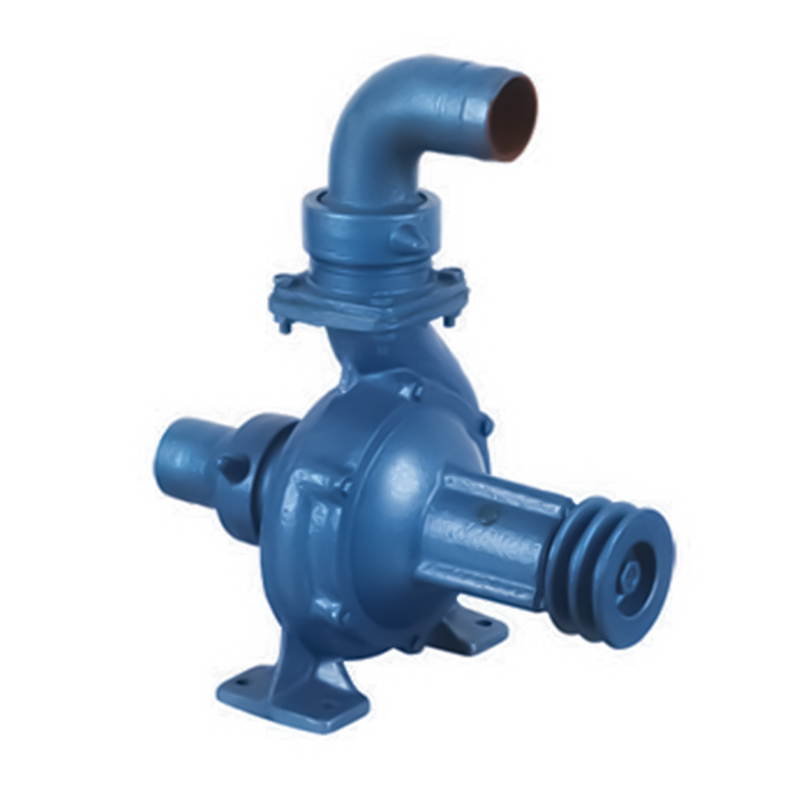
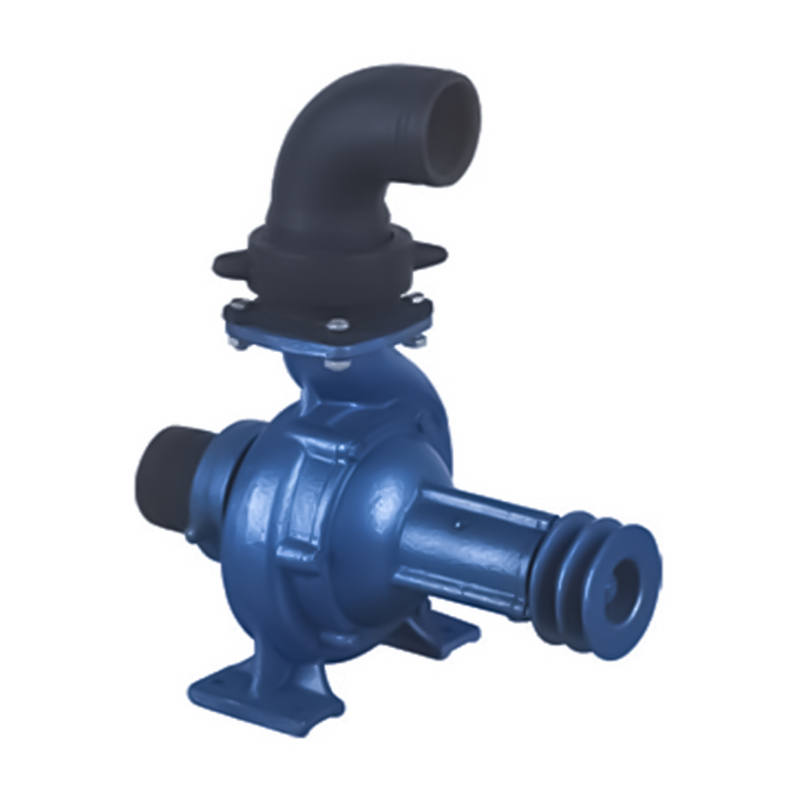

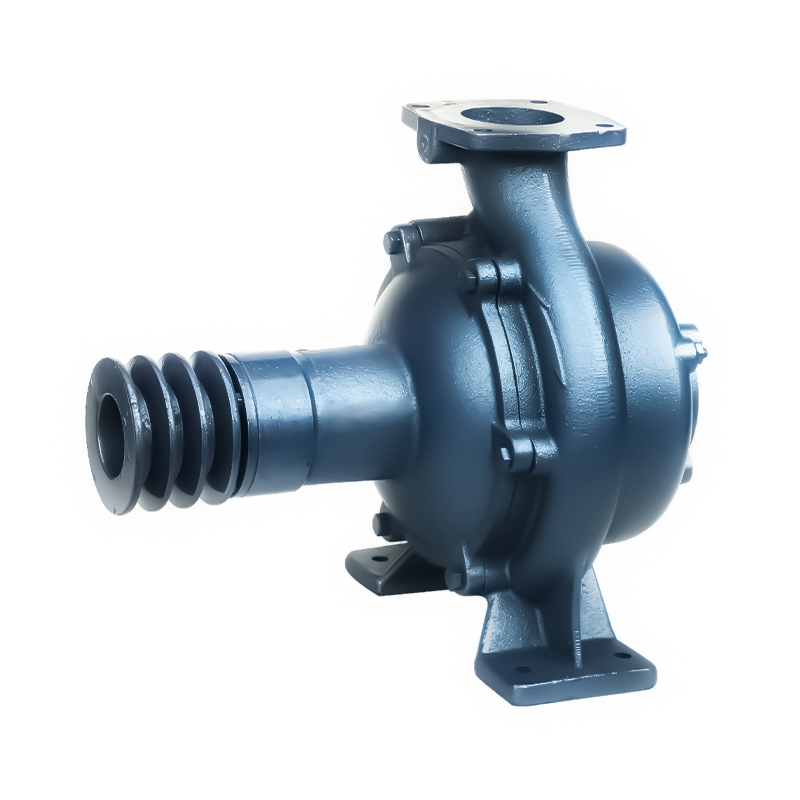
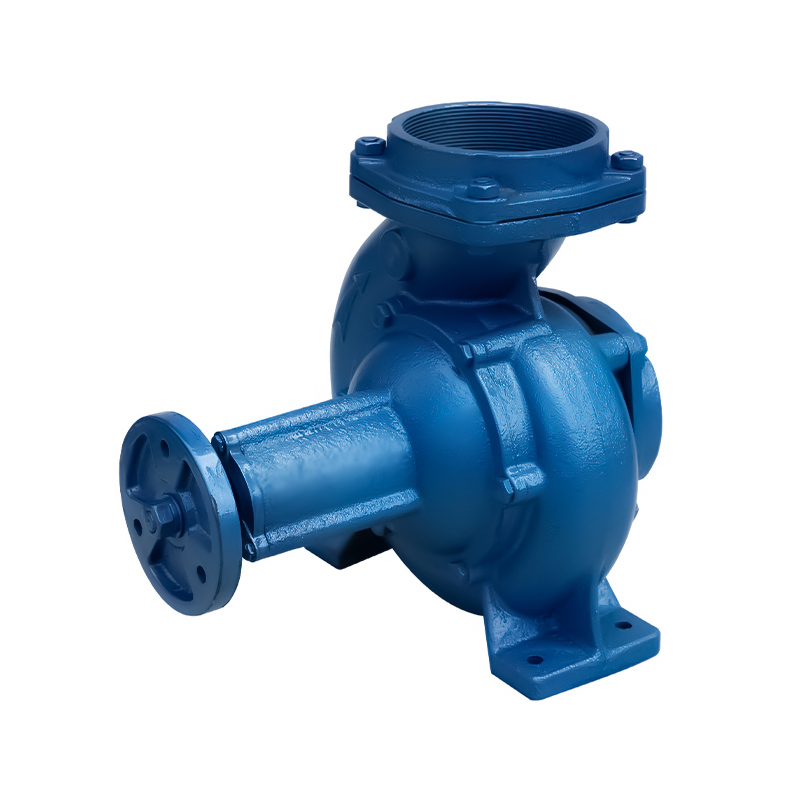
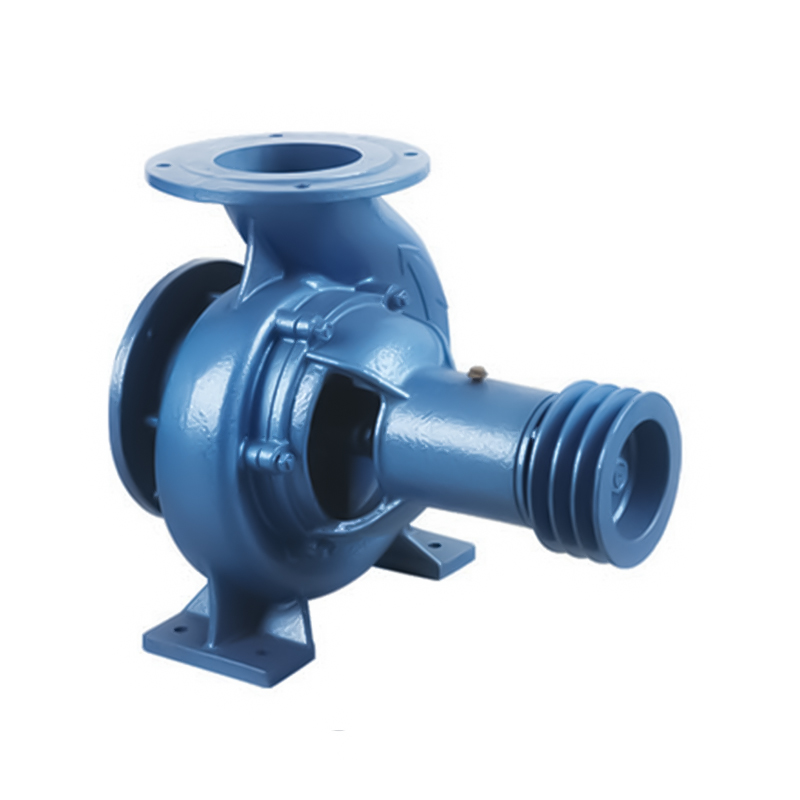
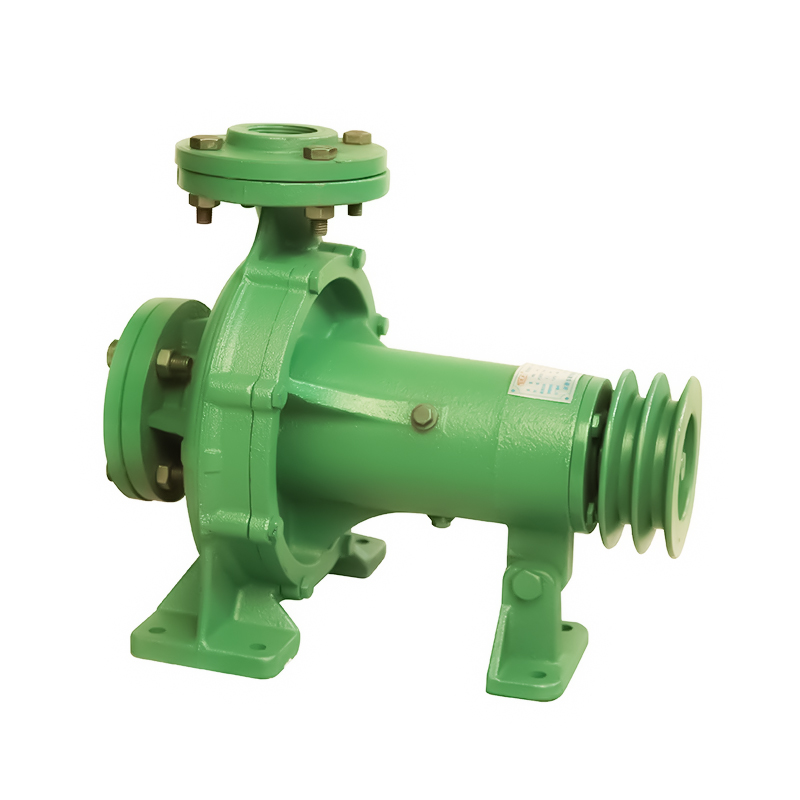

 Email:
Email:
 Phone:+86-13605899207
Phone:+86-13605899207

